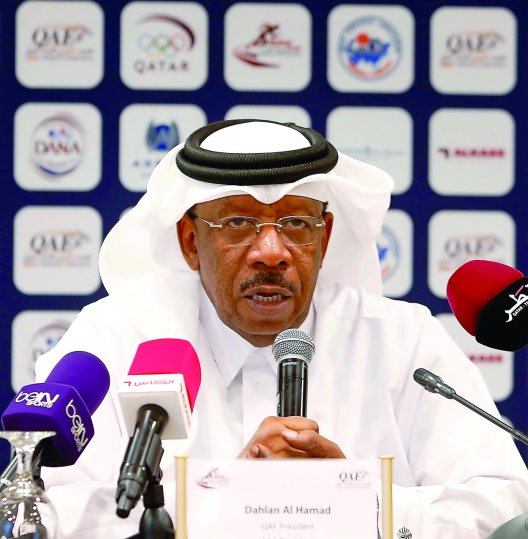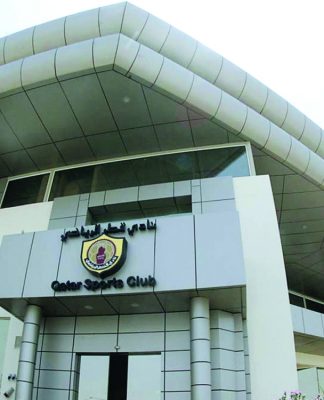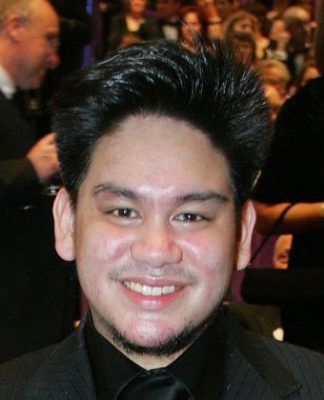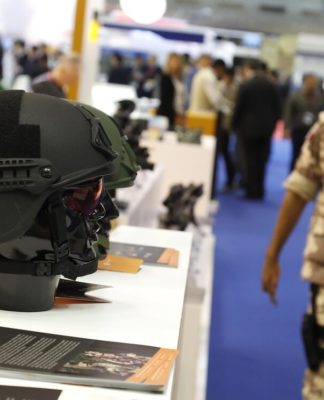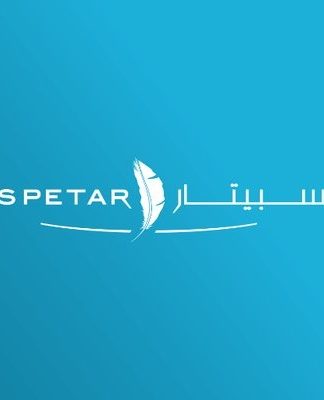
Doha: Eight months after the 84th Asian Athletics Association (AAA) Council meeting was held here, Doha will play host to the 85th edition of AAA’s Council as well as to IAAF’s Roadshow Workshop from October 26 to 28.
Asia’s top athletics officials, representing more than 40 nations, will meet to discuss and make decisions upon crucial matters related not only to Asian Athletics but also to the future of the sport, following Sebastian Coe’s recent proposal for governance structure reforms.
IAAF’s President will personally explain and analyse his reform plans to the delegates on October 27 and 28, while October 26 is dedicated to the 85th AAA Council Meeting and to issues related to Asia.
“For the first time since I was elected AAA President, the vast majority of the Asian Athletics Federations have expressed their sincere interest in attending the Council Meeting. The changes proposed by Lord Sebastian Coe will deeply change the structure of the IAAF, therefore we need to thoroughly examine all possible consequences, before the Special Congress in Monaco on December 3 approves the reforms,” commented AAA President Major General Dahlan Al Hamad.
Coe claims the proposals have already been received well by Member Federations in America and Europe.
“There are not many moments in our lives when we have a genuine opportunity to shape the future. The opportunity to put in place the building blocks for something that provides a solid and strong foundation upon which the next generation can confidently build,” said Lord Coe in his message.
The proposal for reform of the IAAF’s governance structure will be brought for consideration at a Special Congress to be held in Monaco on 3 December 2016. The delegates of Member Federations will vote on adopting two constitutions.
According to Lord Coe the reforms aim for:“Redefining roles and responsibilities including empowering Member Federations and ensuring stronger Area representation. A greater voice for athletes. A better gender balance and an independent anti-doping, integrity and disciplinary functions.”










